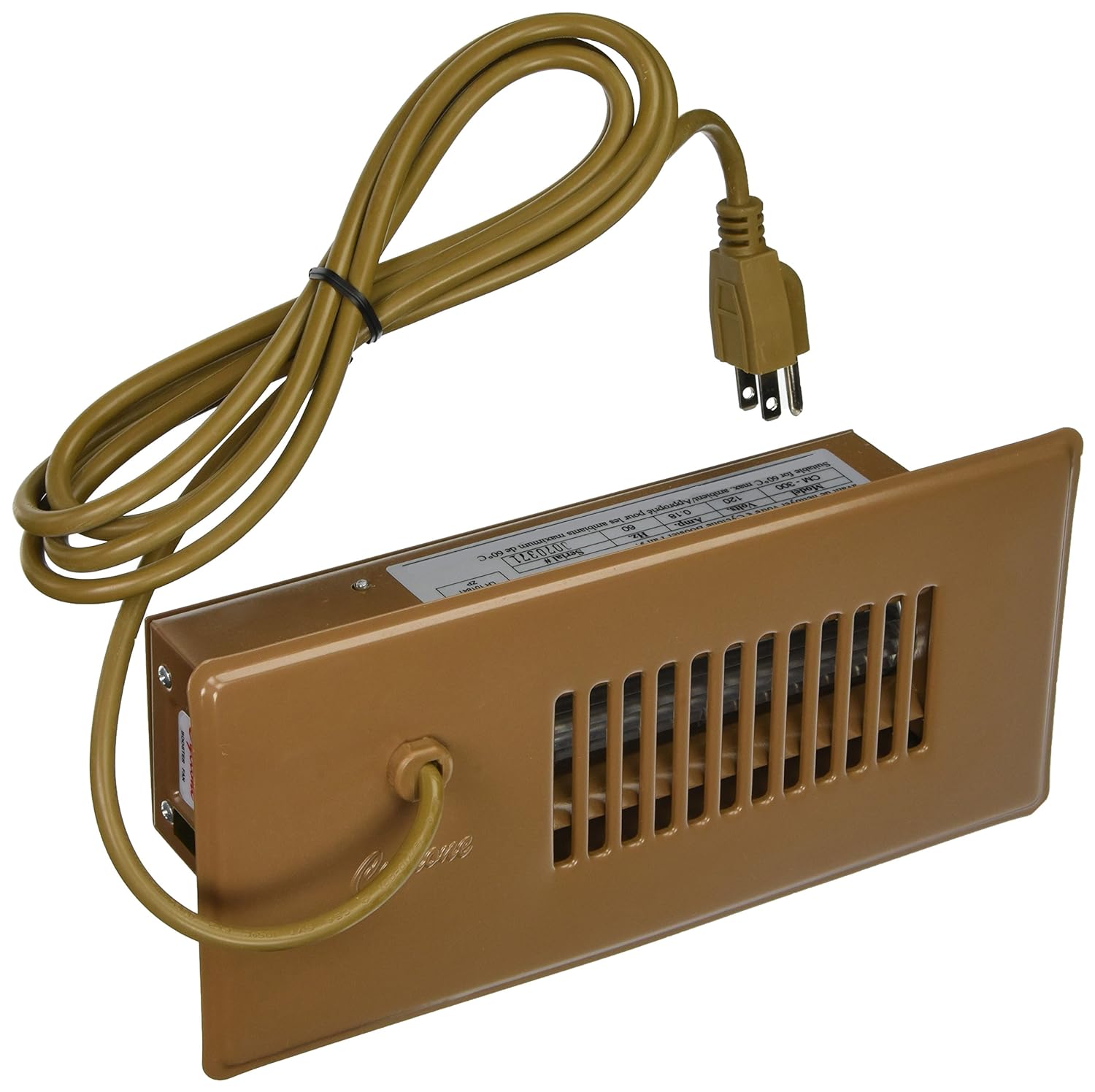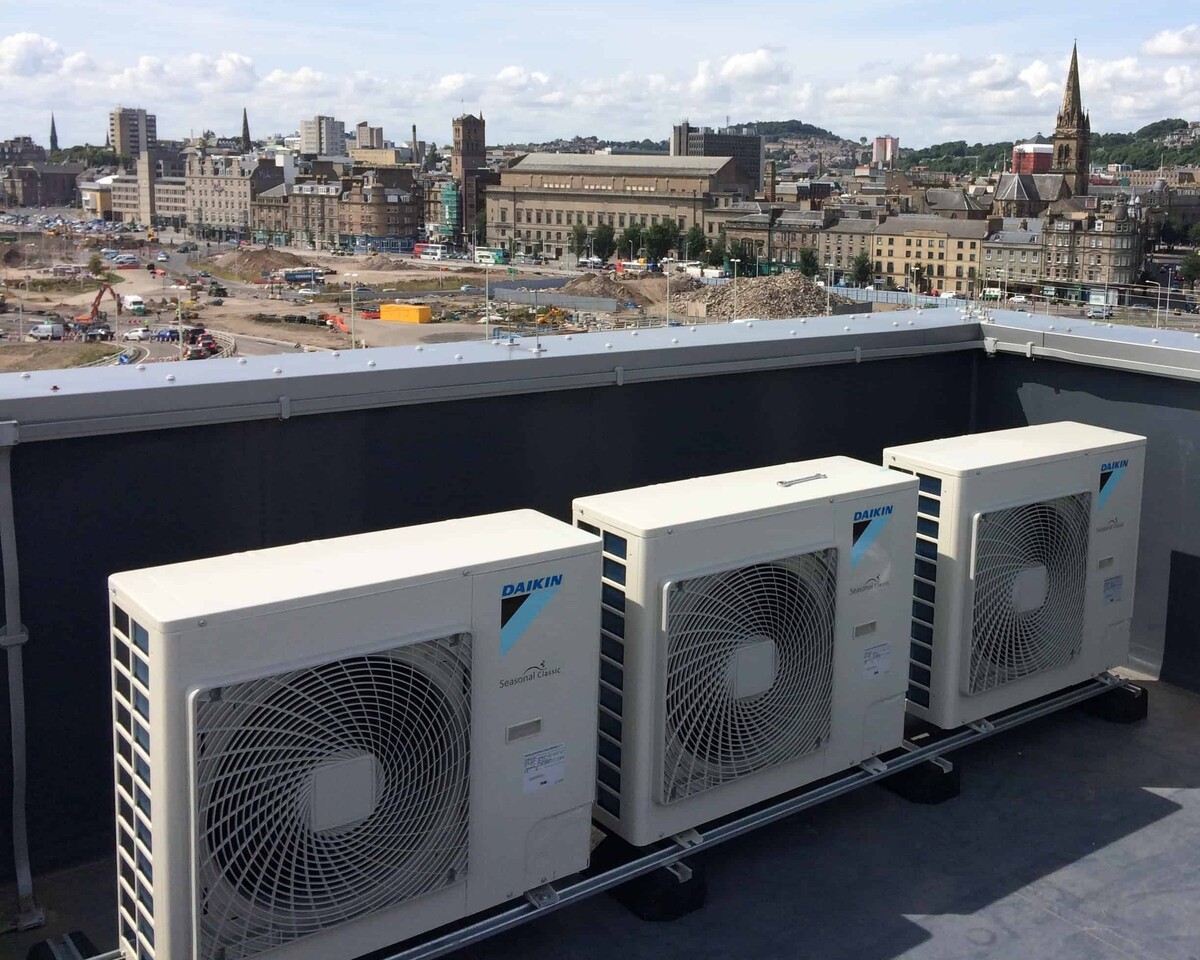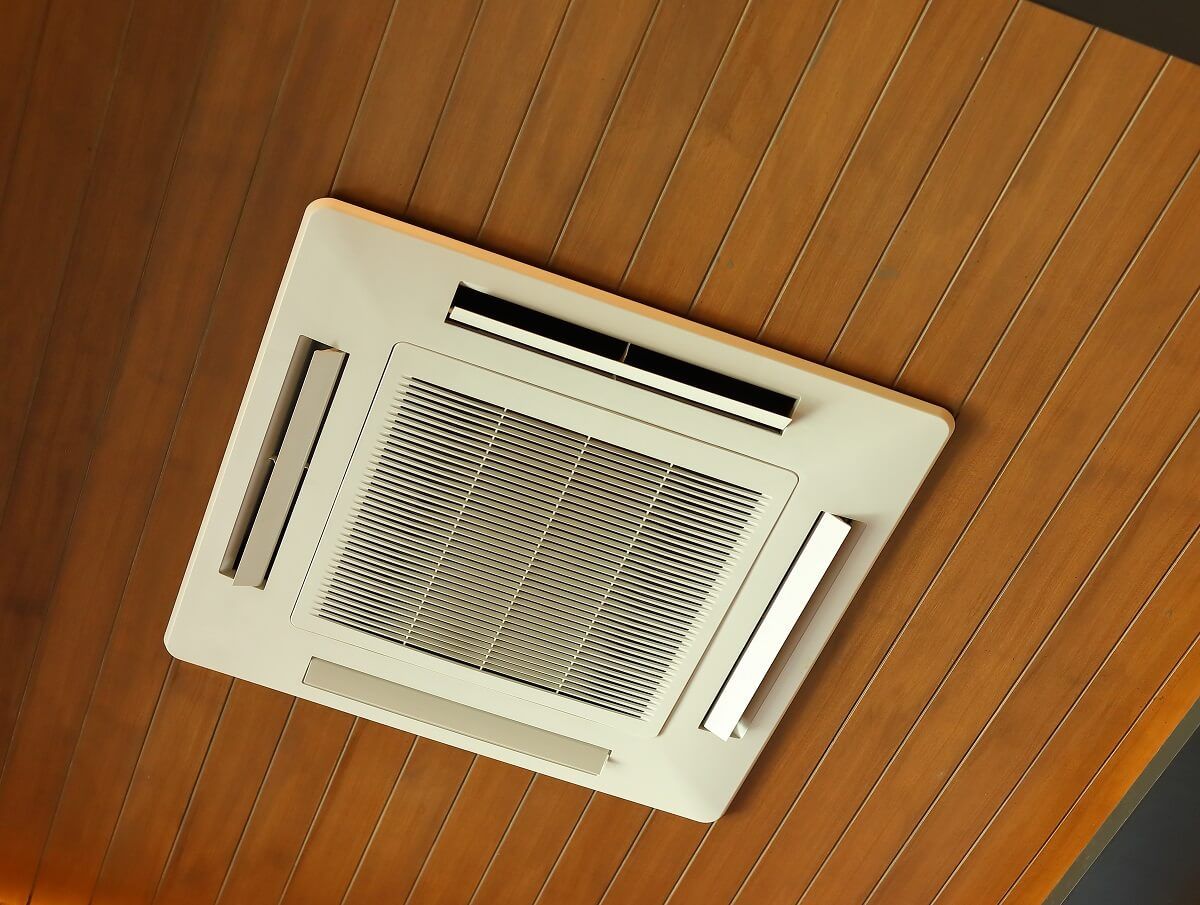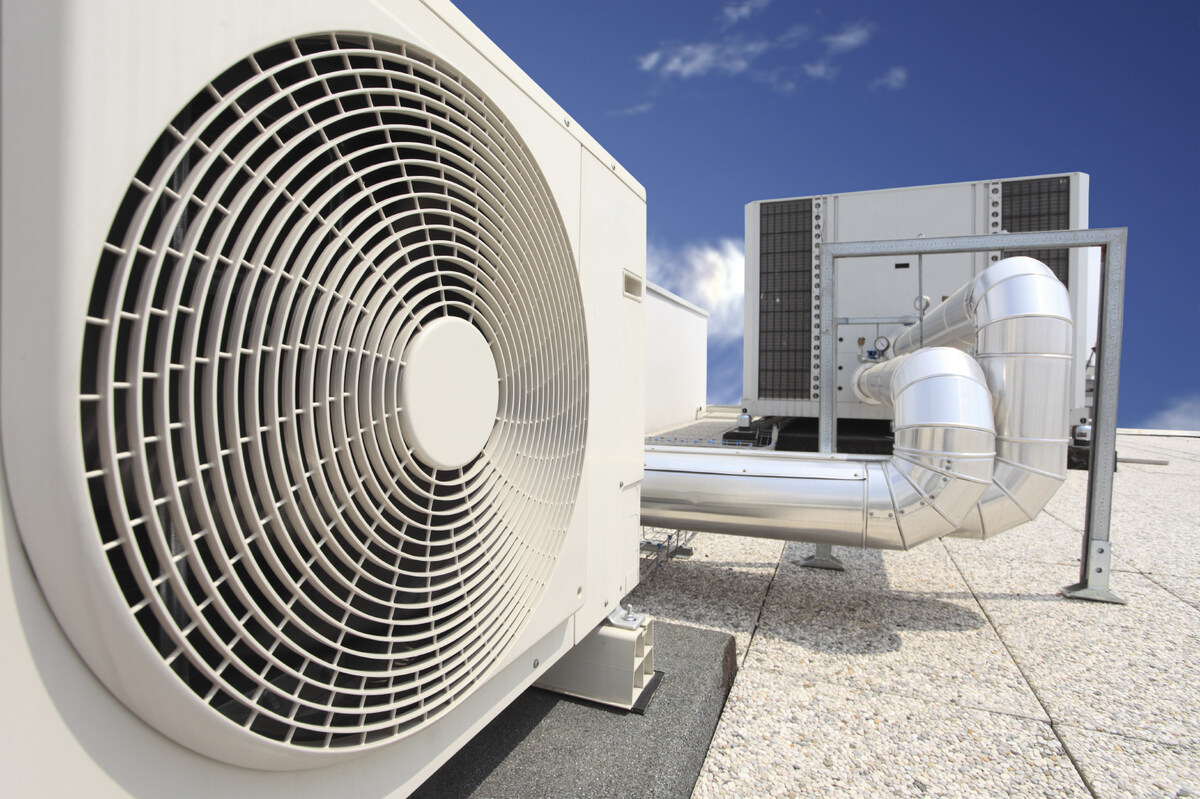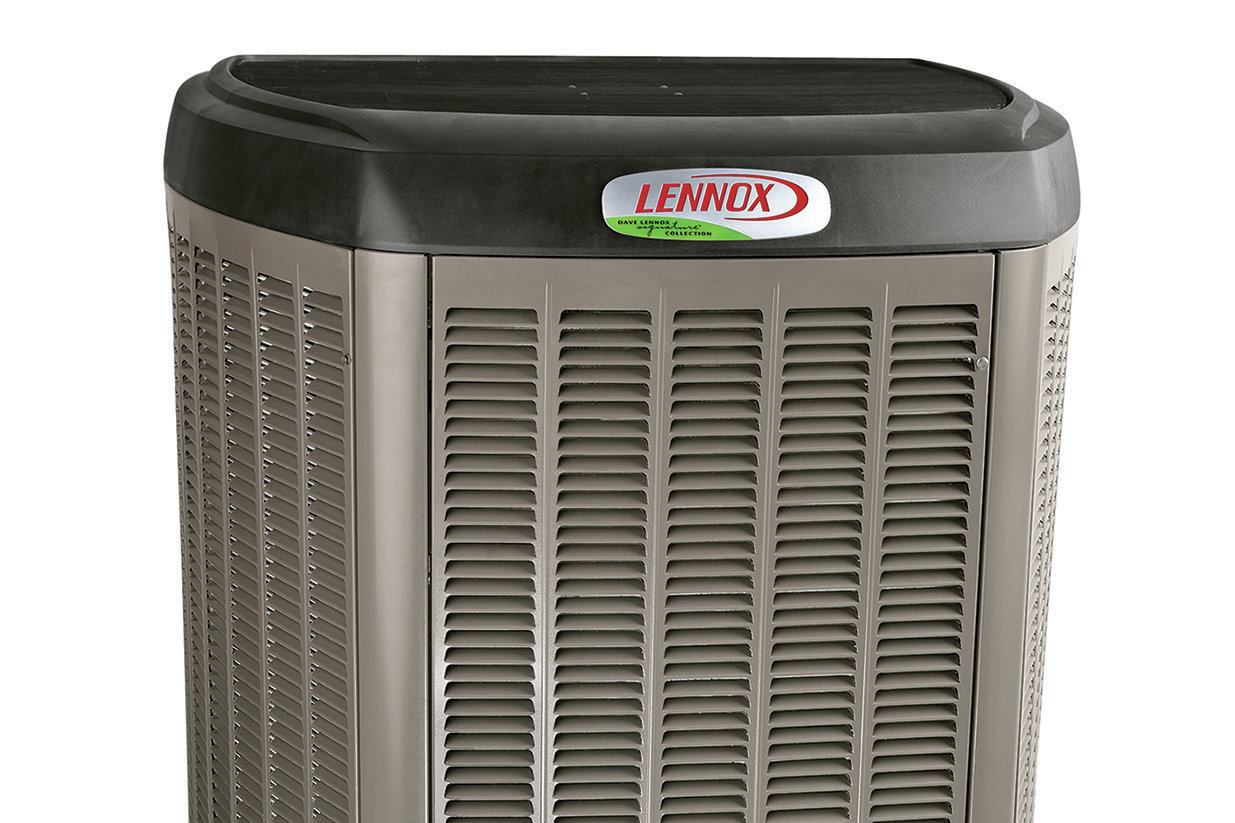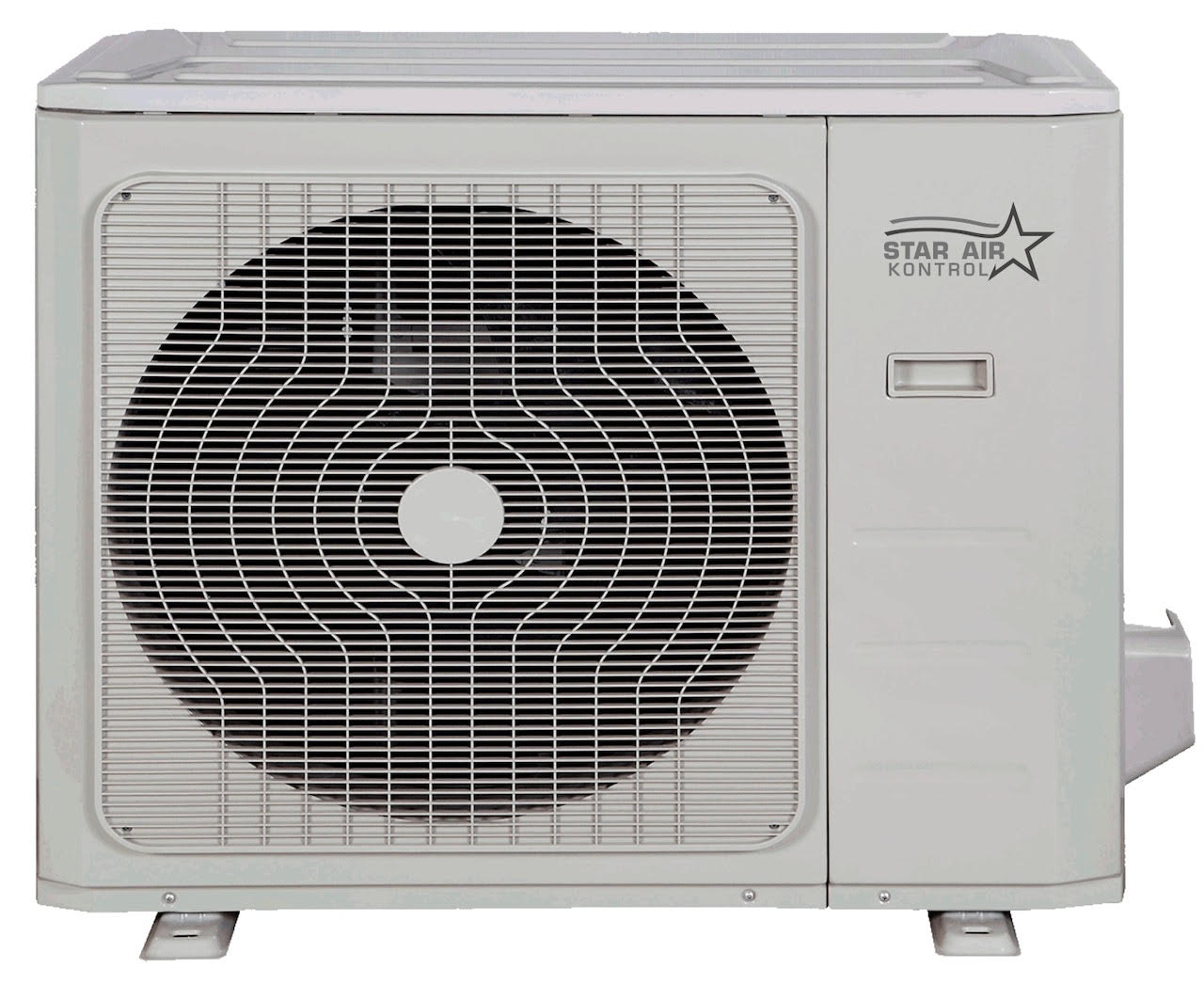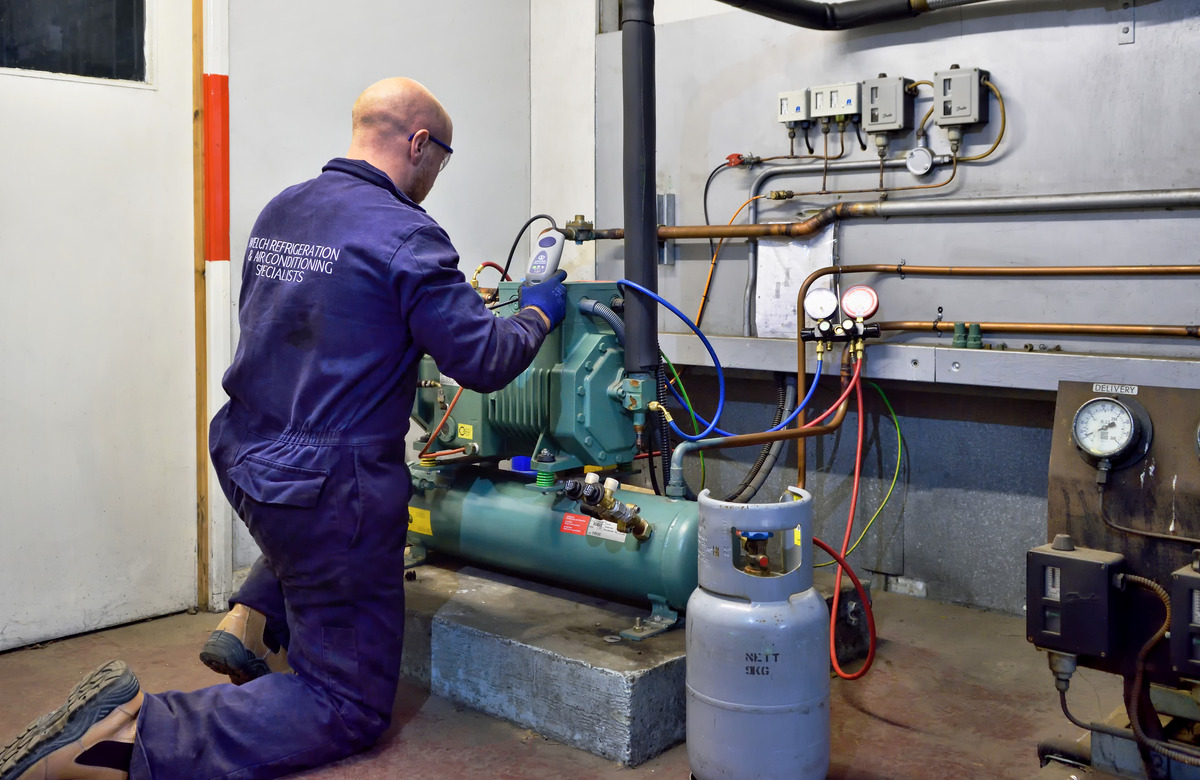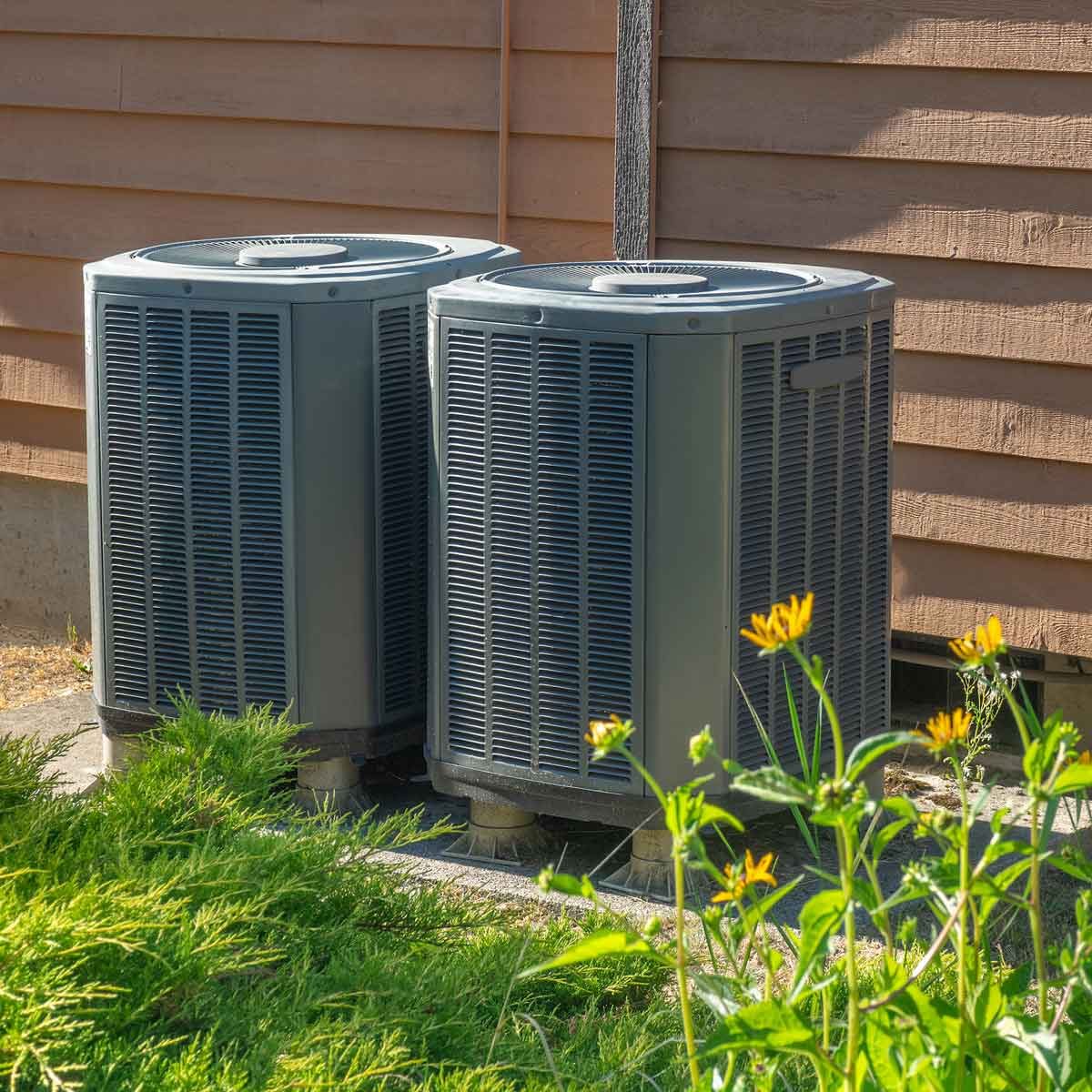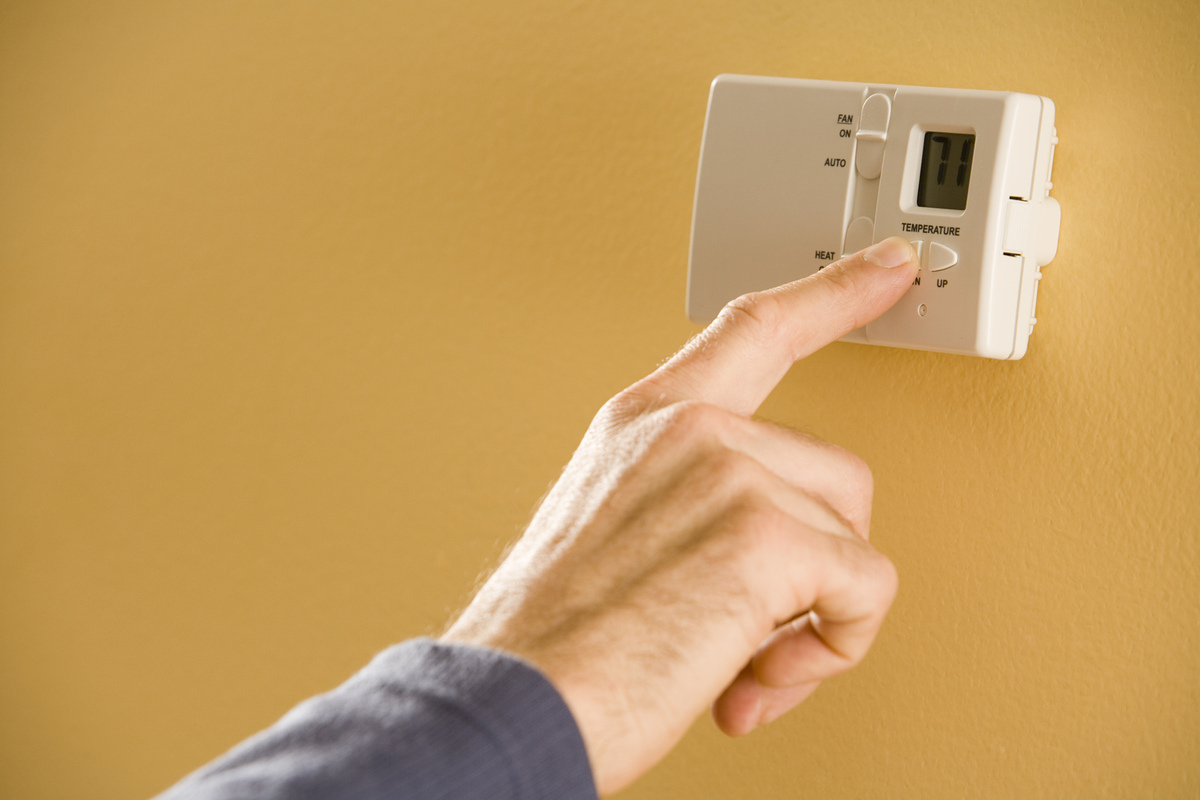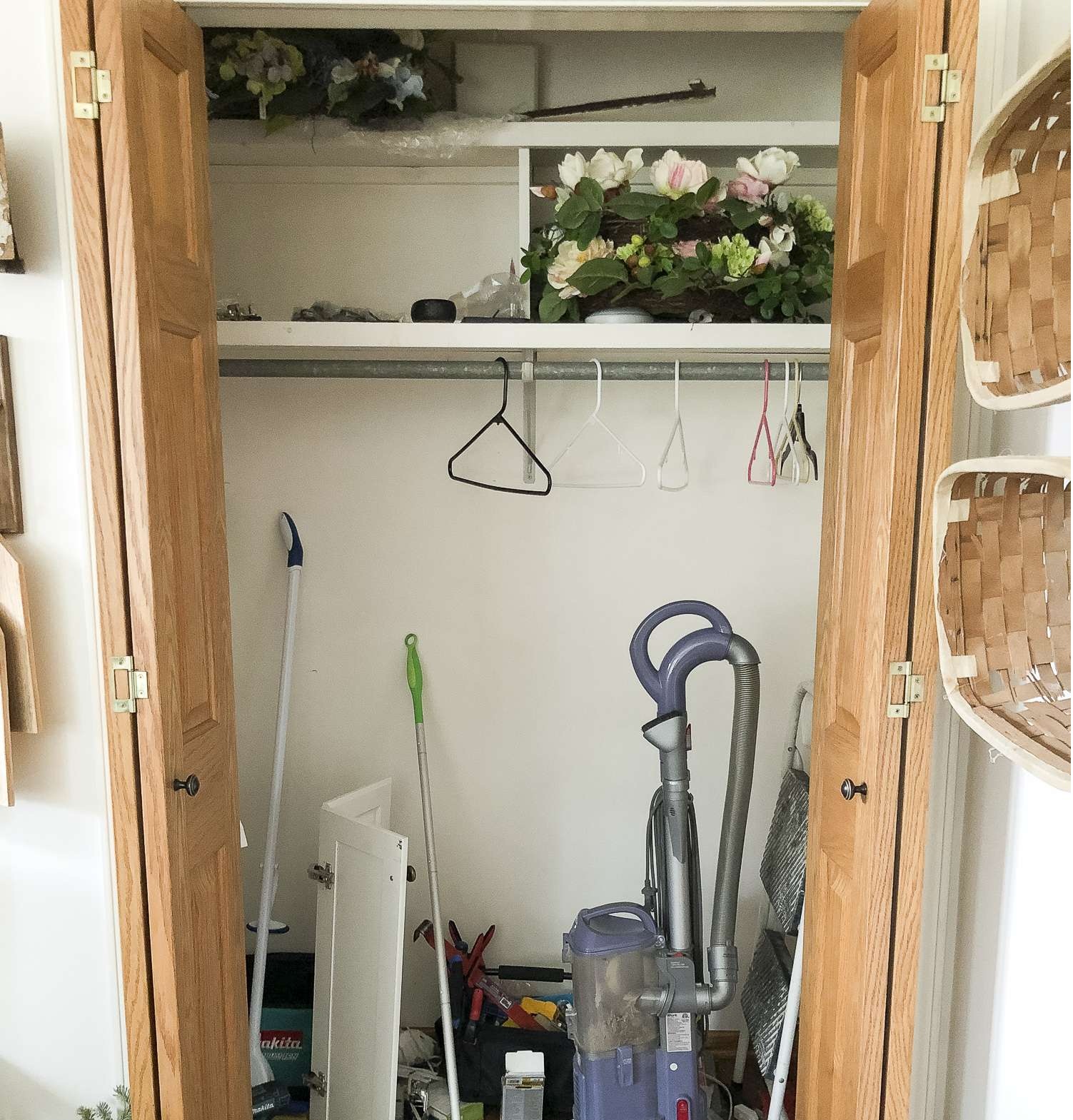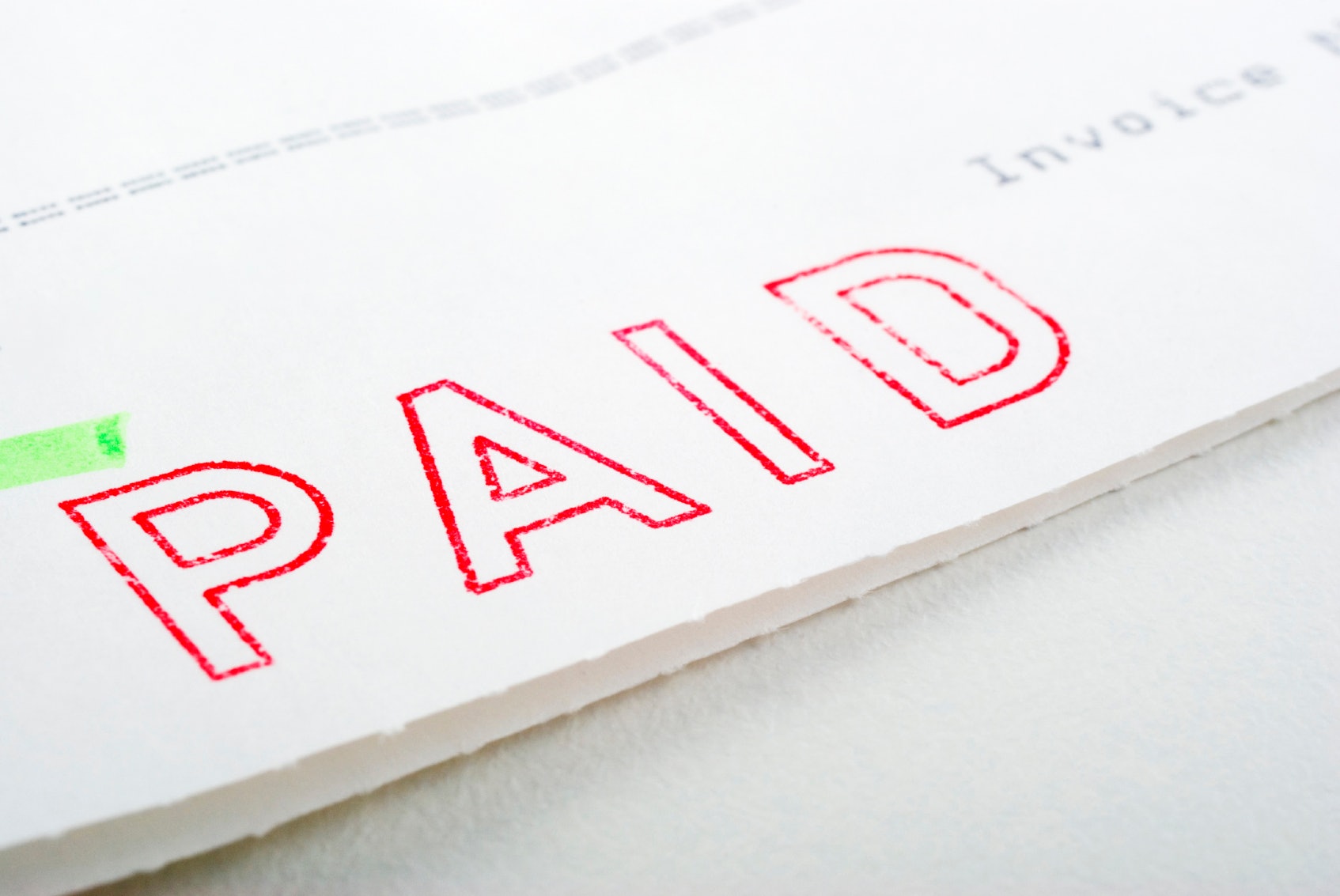Home>Home Maintenance>What Utility Bill Covers Air Conditioning?
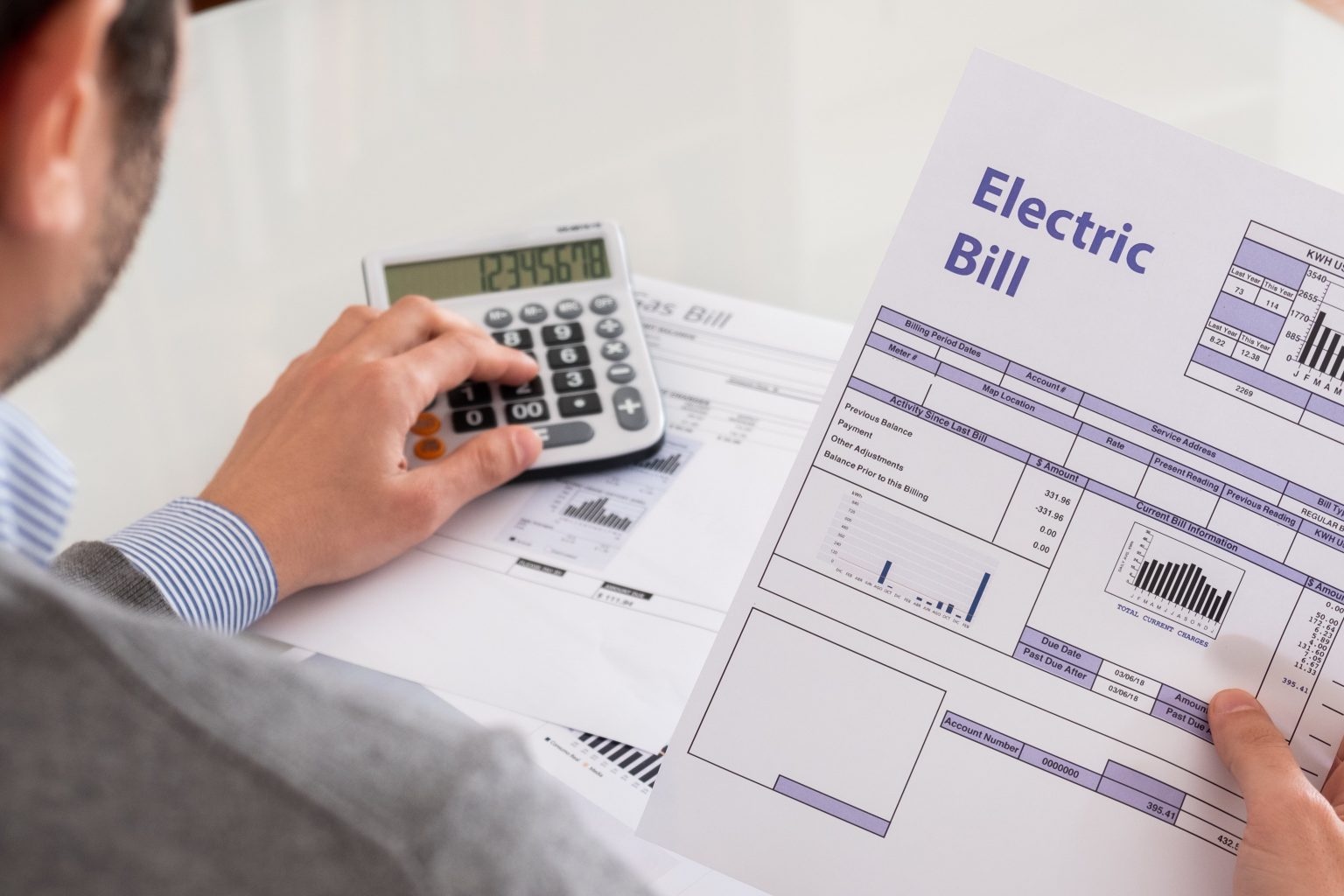

Home Maintenance
What Utility Bill Covers Air Conditioning?
Modified: October 20, 2024
Learn what utility bill covers air conditioning and how it affects your home maintenance. Enhance the efficiency of your AC and reduce energy costs.
(Many of the links in this article redirect to a specific reviewed product. Your purchase of these products through affiliate links helps to generate commission for Storables.com, at no extra cost. Learn more)
Introduction
Welcome to the world of home maintenance and utility bills! As a homeowner, it’s important to understand the various expenses that come with running a household. One of the most significant costs for many homeowners is the utility bill, which covers essential services such as electricity, water, and gas. But what about air conditioning? Does the utility bill cover the costs associated with keeping your home cool during those hot summer months?
In this article, we’ll delve into the details of utility bills and explore whether they include air conditioning costs. We’ll also discuss the factors that determine air conditioning coverage in utility bills and provide you with some valuable tips to reduce those costs. So, let’s dive in and unravel the mystery behind what exactly your utility bill covers when it comes to air conditioning!
Key Takeaways:
- Air conditioning costs may or may not be included in your utility bill, depending on your location and utility provider policies. It’s important to review your bill and communicate with your provider for clarification.
- To reduce air conditioning costs, consider energy-efficient practices such as setting the temperature wisely, using fans strategically, and ensuring proper insulation. Regular maintenance and seeking utility incentives can also help save money.
Read more: How To Save On Air Conditioning Bill
Understanding Utility Bills
Before we dive into the specifics of air conditioning costs in utility bills, let’s first gain a better understanding of what utility bills are and how they work. Utility bills are monthly invoices that homeowners receive for the essential services they use, such as electricity, water, gas, and sometimes even trash collection.
These bills are typically broken down into different categories, allowing homeowners to see the charges associated with each service. The total amount due is often determined by the amount of energy or water consumed during the billing period, as measured by meters installed in the home.
Utility companies calculate the charges based on a combination of fixed fees, variable rates, and usage. Fixed fees are typically a set amount that remains the same each month, while variable rates fluctuate depending on the time of year or other factors. Usage refers to the amount of energy or water consumed, which is measured in units such as kilowatt-hours or gallons.
It’s important to note that utility bills can vary depending on factors such as the size of your home, the number of occupants, and the region in which you live. Additionally, some utility companies offer different pricing plans, such as tiered rates or time-of-use rates, which may influence the overall cost.
Now that we have a general understanding of utility bills, let’s explore in more detail whether air conditioning costs are covered.
What is Air Conditioning?
Air conditioning is a system that enables you to control the temperature, humidity, and overall air quality in your home or building. It works by removing heat from the indoor environment and transferring it outside, creating a cooler and more comfortable living space.
A typical air conditioning system consists of several components, including an outdoor unit (condenser), an indoor unit (evaporator), refrigerant lines, and a thermostat. The outdoor unit extracts heat from the indoor air and dissipates it outside, while the indoor unit blows cool air into the living spaces. The refrigerant lines transport the refrigerant, a substance that facilitates heat transfer, between the two units.
Modern air conditioning systems come in various types, such as central air conditioning, ductless mini-split systems, and window or wall-mounted units. Each type has its own advantages and considerations, and the choice depends on factors such as the size of the space, budget, and personal preferences.
Air conditioning not only provides comfort during hot weather but also helps regulate humidity levels and improve indoor air quality. It can remove excess moisture from the air, preventing the growth of mold and mildew, and filter out dust, pollen, and other pollutants, making the indoor environment healthier and more pleasant.
Now that we have a clear understanding of what air conditioning is, let’s delve into whether the utility bill covers the costs associated with this essential home feature.
Types of Utility Bills
Utility bills encompass various services that are essential for maintaining a comfortable and functional home. Let’s take a closer look at the different types of utility bills commonly found in households:
- Electricity: The electricity bill covers the cost of the electricity consumed in your home. It includes charges for powering lights, appliances, electronics, and other electrical devices. Electricity usage is typically measured in kilowatt-hours (kWh), and the rate per kWh may vary depending on your location and the time of day.
- Water: The water bill accounts for the cost of the water supply and wastewater disposal. It includes charges for both the amount of water used (measured in gallons or cubic meters) and the fixed fees associated with maintaining the water infrastructure.
- Gas: The gas bill covers the cost of natural gas or propane used for heating, cooking, or other gas-powered appliances. The charges are typically based on the amount of gas consumed, measured in units like therms or cubic feet.
- Trash/Refuse: Some utility bills may include charges for trash collection and disposal services. These costs vary depending on the frequency of collection and the size of the waste containers provided.
- Sewer/Septic: In certain areas, homeowners may have sewer or septic bills, which encompass the cost of treating and maintaining the wastewater infrastructure. These charges are often based on water usage, as it is assumed that a portion of the water consumed will become wastewater.
- Other Services: Depending on your location and specific needs, your utility bills may also include charges for additional services such as cable television, internet connectivity, or landline telephone.
It’s important to note that not all utility bills will cover the same services, as this can vary depending on your location and the specific utilities available in your area. Now that we have a better understanding of the different types of utility bills, let’s address whether air conditioning costs are typically included in these bills.
Does the Utility Bill Cover Air Conditioning?
The inclusion of air conditioning costs in utility bills can vary depending on several factors. In some cases, utility companies may offer a combined bill that includes both electricity and air conditioning costs. In other cases, air conditioning costs may be billed separately. Let’s explore these scenarios in more detail:
1. Combined Utility Bill: Some utility companies include the cost of air conditioning in the overall electricity bill. This means that the charges for running the air conditioning system, such as the consumption of electricity by the air conditioner, will be reflected in your monthly electricity bill. This is common in areas where air conditioning is a prevalent and essential feature in most households.
2. Separate Air Conditioning Bill: In certain instances, especially in regions with higher usage of air conditioning or where it’s considered a separate utility, air conditioning costs may be billed separately. This means that you will receive a separate bill specifically for the costs associated with running your air conditioning system. This can provide a more detailed breakdown of air conditioning expenses and allow for more accurate tracking of usage and costs.
It’s important to check with your specific utility company to understand how air conditioning costs are billed. This information can usually be found on your utility company’s website or by contacting their customer service department.
It’s worth noting that in some areas, especially where air conditioning is not as common or used seasonally, the utility bill may not specifically mention air conditioning costs. Instead, the costs associated with air conditioning may be indirectly factored into the overall electricity rate or usage charges.
To get a clear understanding of whether your utility bill covers air conditioning, it’s essential to carefully review the bill, including any itemized charges or explanations provided by the utility company. If you have any doubts or questions, don’t hesitate to reach out to your utility provider for clarification.
Now that we’ve covered the general cases of air conditioning coverage in utility bills, let’s delve into the factors that can determine how air conditioning costs are handled.
The utility bill that covers air conditioning is typically the electricity bill. Air conditioning units use electricity to power the compressor and fans, so the cost is reflected in your electric bill.
Factors that Determine Air Conditioning Coverage
The specific factors that determine how air conditioning costs are handled in utility bills can vary depending on several key factors. Let’s take a look at some of the primary factors that influence air conditioning coverage:
1. Location: The region in which you live plays a significant role in determining whether air conditioning costs are included in utility bills. In areas with warmer climates or where air conditioning is considered a necessity, utility companies often offer combined billing that includes air conditioning costs in the electricity bill. However, in regions with milder climates or where air conditioning is not as prevalent, the costs may not be explicitly mentioned and could be indirectly factored into the overall electricity rates or usage charges.
2. Usage Levels: The amount of air conditioning you use can also affect how the costs are handled in utility bills. In some cases, utility companies may have specific pricing structures or tiers based on usage levels. This means that the cost per unit of electricity used for air conditioning may vary depending on the overall usage. Higher usage levels may result in higher charges specifically attributed to air conditioning.
3. Seasonality: Seasonal variations can impact how air conditioning costs are handled as well. In regions with distinct seasons, the demand for air conditioning is typically higher during the summer months. Utility companies may have specific pricing or billing structures to accommodate this seasonality. For example, they may offer different rates or billing options during the peak cooling season to account for increased air conditioning usage.
4. Utility Provider Policies: Each utility company may have its own policies and approaches to handling air conditioning costs. Some companies may choose to include air conditioning costs as part of the overall electricity bill, while others may opt for separate billing. It’s important to review your utility provider’s policies and guidelines to understand how they handle air conditioning expenses.
5. Energy Efficiency Strategies: Increasing emphasis on energy efficiency can also impact how air conditioning costs are handled. Utility companies may encourage homeowners to adopt energy-efficient practices and technologies, such as installing programmable thermostats or upgrading to energy-efficient air conditioning units. In some cases, utility companies offer incentives or rebates for implementing these measures, which can help reduce the overall air conditioning costs.
By considering these factors, you can gain a better understanding of how air conditioning costs are determined and whether they are included in your utility bill. Now, let’s dig deeper into how air conditioning costs are typically broken down within utility bills.
Breakdown of Air Conditioning Costs in Utility Bills
When it comes to the breakdown of air conditioning costs within utility bills, it’s important to note that the specifics can vary depending on the utility company and region. However, here are some common elements you may find in the breakdown of air conditioning costs:
1. Usage Charges: The primary component of air conditioning costs in the utility bill is the usage charges. These charges are based on the amount of electricity consumed by your air conditioning system. Utility companies typically measure usage in kilowatt-hours (kWh) and apply a specific rate for each kWh used. The more you use your air conditioner, the higher your usage charges will be.
2. Peak Demand Charges: Some utility companies may also implement peak demand charges for air conditioning usage. Peak demand charges are based on the highest amount of electricity used during specific peak demand periods. These charges are designed to reflect the strain on the electrical grid during peak usage times, such as hot summer afternoons when many people are running their air conditioners simultaneously.
3. Service Fees: The utility bill may include service fees related to air conditioning. These fees cover the cost of providing and maintaining the electrical infrastructure needed to deliver electricity to your air conditioning system. Service fees are typically fixed charges that remain the same regardless of usage.
4. Taxes and Surcharges: Taxes and surcharges are also common components of utility bills and may apply to air conditioning costs as well. These charges are imposed by local or state governments and vary depending on your location. Examples include sales tax, energy efficiency surcharges, or renewable energy fees.
It’s important to review your utility bill carefully to understand how these various components are broken down and how they contribute to your overall air conditioning costs. Understanding the breakdown will help you gain insights into your energy usage and identify opportunities for reducing costs.
Now that we have explored the breakdown of air conditioning costs within utility bills, let’s move on to some practical tips you can follow to reduce those costs.
Tips to Reduce Air Conditioning Costs in Utility Bills
Reducing air conditioning costs can help you save money on your utility bills while also promoting energy efficiency. Here are some effective tips to consider:
- Set the temperature wisely: Raise the thermostat temperature when you’re not at home or during periods of less activity. Even a few degrees can make a significant difference in energy consumption. Consider setting your thermostat to a comfortable but slightly higher temperature during the summer months.
- Utilize natural ventilation: Take advantage of cooler evenings and early mornings by opening windows and allowing fresh air to circulate throughout your home. This can help cool down your living spaces and reduce reliance on air conditioning during mild weather.
- Use fans strategically: Ceiling fans or portable fans create a breeze effect that can help you feel cooler without lowering the temperature. Using fans in conjunction with air conditioning allows you to set the thermostat higher while still feeling comfortable.
- Ensure proper insulation: Insulate your home properly to prevent cool air from escaping and warm air from entering. Make sure your windows and doors are sealed tightly, and consider adding insulation in attics, basements, and crawl spaces. Proper insulation helps your air conditioner work more efficiently.
- Regularly maintain your HVAC system: Schedule regular maintenance for your air conditioning system to keep it operating efficiently. This includes cleaning or replacing air filters, clearing debris from outdoor units, and checking for any leaks or malfunctions. A well-maintained system can operate more efficiently and reduce energy consumption.
- Use programmable thermostats: Install a programmable thermostat to automatically adjust the temperature based on your daily schedule. This allows you to use less air conditioning when you’re not at home or during sleeping hours, saving energy without sacrificing comfort.
- Create shade: Use blinds, curtains, or shades to block out direct sunlight during the hottest parts of the day. This helps reduce heat gain and keeps your home cooler, reducing the need for excessive air conditioning.
- Avoid heat-generating activities: Minimize heat-generating activities like using the oven, running electronics, or using hot water during the hottest parts of the day. These activities can increase the temperature in your home and cause your air conditioner to work harder.
- Consider energy-efficient upgrades: If your air conditioning system is outdated, consider upgrading to a more energy-efficient model. Look for units with a high SEER (Seasonal Energy Efficiency Ratio) rating, which indicates greater energy efficiency and lower operating costs over time.
- Check for utility incentives: Research if your utility company offers any incentives or rebate programs for energy-efficient upgrades or practices. Take advantage of these opportunities to offset the initial investment and save money in the long run.
By following these tips, you can reduce your air conditioning costs and contribute to a more sustainable and energy-efficient home. Remember, small changes in habits and maintenance practices can add up to significant savings over time.
Now that we’ve covered these practical tips, let’s wrap up our discussion on air conditioning costs in utility bills.
Conclusion
Understanding the relationship between air conditioning and utility bills is crucial for homeowners looking to manage their expenses effectively. While the inclusion of air conditioning costs in utility bills can vary depending on various factors such as location and utility provider policies, there are some general guidelines to keep in mind.
Some utility companies offer combined billing, where air conditioning costs are included in the overall electricity bill, while others may bill air conditioning expenses separately. It’s essential to review your utility bill and communicate with your utility provider to clarify how air conditioning costs are determined and billed in your specific situation.
Factors such as location, usage levels, seasonality, and energy efficiency strategies can impact how air conditioning costs are covered in utility bills. Being mindful of these factors helps homeowners understand their billing structure and make informed decisions to reduce their air conditioning expenses.
To reduce air conditioning costs in utility bills, you can adopt energy-efficient practices such as setting the temperature wisely, utilizing natural ventilation, using fans strategically, and ensuring proper insulation. Regular maintenance of your HVAC system, the use of programmable thermostats, creating shade, and avoiding heat-generating activities can also contribute to cost savings.
Ultimately, managing air conditioning costs requires a combination of mindful energy usage and a focus on efficiency. By implementing these tips and practices, homeowners can not only reduce their monthly utility bills but also promote a more sustainable and eco-friendly lifestyle.
Remember, every small step you take towards reducing air conditioning costs contributes to both your financial well-being and the health of our planet. So, take control of your utility bills and enjoy a cool and cost-efficient home all year round!
Frequently Asked Questions about What Utility Bill Covers Air Conditioning?
Was this page helpful?
At Storables.com, we guarantee accurate and reliable information. Our content, validated by Expert Board Contributors, is crafted following stringent Editorial Policies. We're committed to providing you with well-researched, expert-backed insights for all your informational needs.

